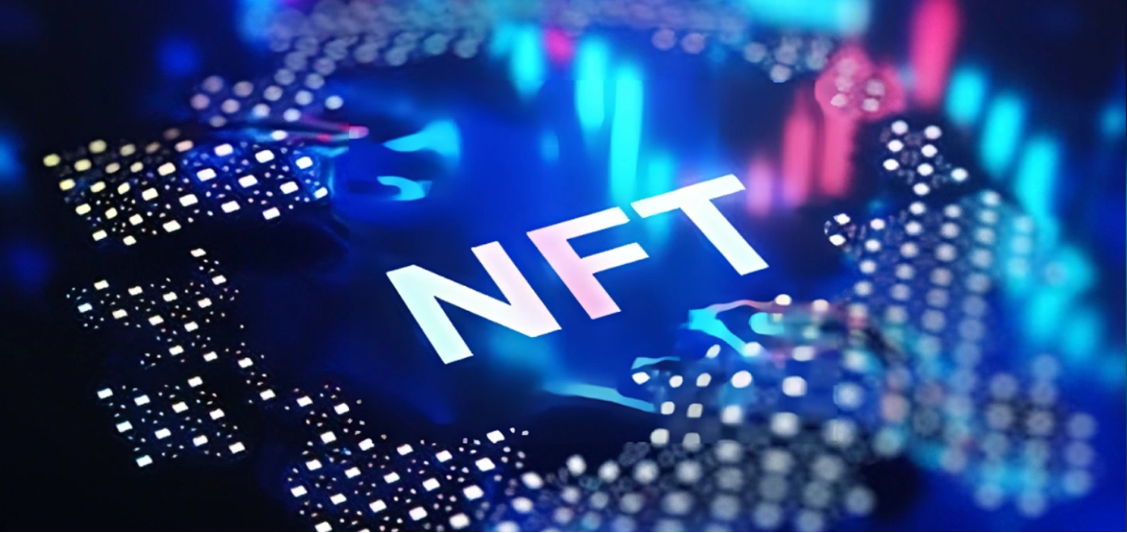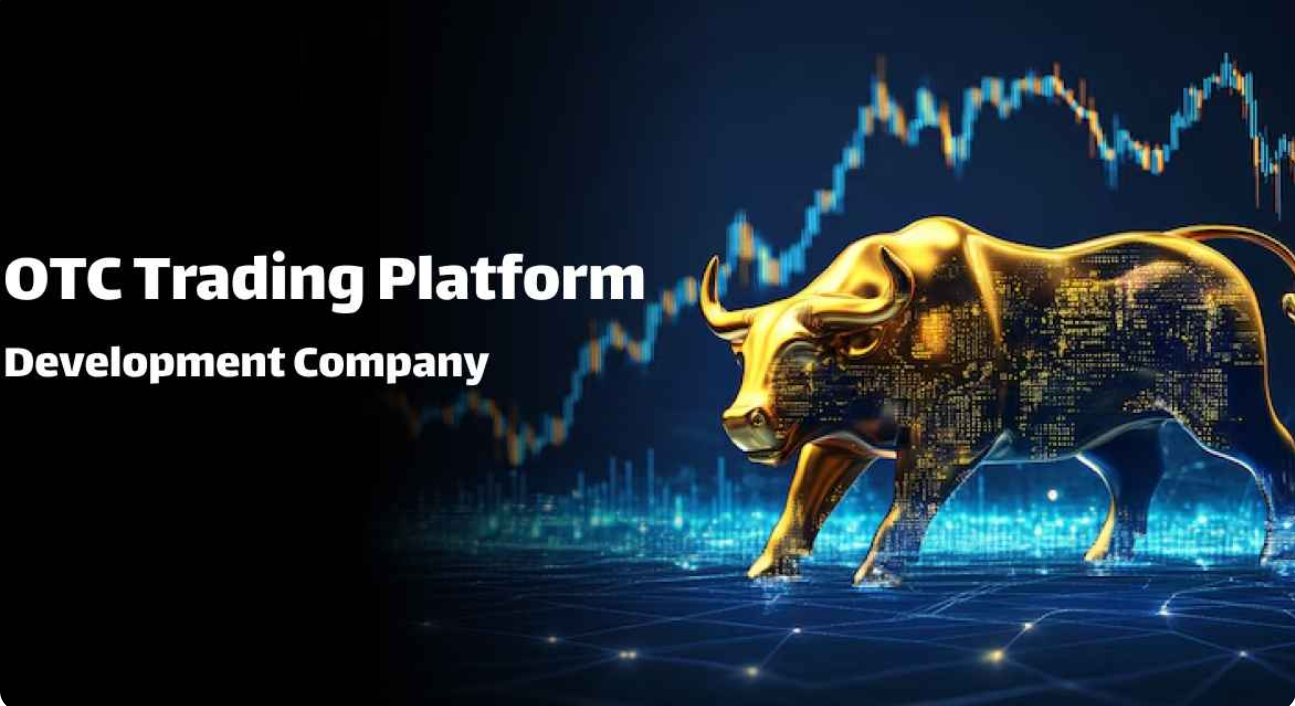
The latest progress of blockchain technology in 2025 and trend forecast of the crypto market
With the acceleration of global economic digitalization, blockchain technology and the crypto market are entering a new stage of development. What technological breakthroughs will we witness in 2025? How will the market landscape change again? Now let's delve into its future development from multiple dimensions.
I. Latest Advances in Blockchain Technology in 2025
1. Large-scale application of Layer 2 expansion technology
Ethereum's Layer 2 solutions (such as Rollups) have become mainstream, but will be further optimized in 2025:
ZK-Rollups (zero-knowledge Proofs) are being applied more and more widely.
Public chains based on ZK-EVM enhance compatibility and achieve efficient scalability.
Account Abstraction combined with Rollups enhances the wallet experience and reduces Gas fees.
2. The rise of modular blockchain has made the data availability layer (DA) the focus
The blockchain architecture is evolving from Monolithic to Modular. DA solutions such as Celestia and EigenLayer will be more widely applied by 2025, enhancing the efficiency of on-chain data storage.
3. High-performance chains such as Solana, Sui, and Aptos have seen large-scale adoption
In 2025, Solana will continue to optimize its high throughput capacity, while emerging public chains based on the Move language such as Sui and Aptos will further penetrate the GameFi, DeFi and other fields with their efficient concurrent transaction execution capabilities.
4. The combination of decentralized AI (DeAI) and blockchain
The integration of AI and blockchain has become a popular trend. Decentralized AI platforms will address issues such as data privacy, security, and computing power allocation, for instance:
Decentralized AI training: Users contribute computing power and receive token rewards (such as Fetch.AI).
Ai-driven smart contracts: Optimizing DeFi strategies by integrating large models and automatically executing smart contract logic.
5. The tokenization of RWA (Real-world Assets) has entered a period of explosive growth
The on-chain of Real World Assets (RWA) is becoming the main direction for the combination of traditional financial institutions and blockchain. The following breakthroughs may be achieved in 2025:
Tokenization of traditional assets such as government bonds and real estate enhances liquidity and lowers investment thresholds.
Institutional-level stablecoins have emerged, and banks and large financial institutions have launched their own on-chain payment systems.
Ii. Forecast of Crypto Market Trends in 2025
Bitcoin and Ethereum have a stable dominant position, and BTC ETFs have driven institutions to enter the market
The impact of Bitcoin ETFs will continue to amplify in 2025, with more traditional financial institutions entering the market, driving the market value of Bitcoin to break through its historical high. With the maturity of Layer 2, Ethereum has gradually established its dominant position as a global smart contract platform.
2. "Super Cyclical" Bull Market? Market volatility intensifies
Due to the continuous inflow of institutional capital, the crypto market may enter a longer "super-cyclical" bull market than ever before. However, factors such as regulation and the macroeconomic environment may still cause short-term fluctuations.
3. The deep integration of DeFi and CeFi is accelerating the trend of compliance
The compliance process of DeFi protocols is accelerating, and the boundaries between CeFi (centralized Finance) and DeFi (decentralized Finance) are gradually blurring. For instance:
Traditional banks may directly connect with DeFi protocols to offer yield products.
Seek a balance between KYC (User Authentication) and on-chain anonymity to form a "compliant DeFi".
4. Web3 social networking and gaming (GameFi) may witness their next explosive growth point
The user experience of Web3 social interaction and GameFi has been further optimized, which may become the next growth trend in the crypto market. The main manifestations are:
Web3 social platforms (such as Lens Protocol) are gradually replacing Web2 social media.
The emergence of high-quality blockchain games has driven the transformation of blockchain games from the "P2E (Play to Earn)" model to the "P&E (Play and Earn)" model.
5. The global crypto regulatory environment is becoming clearer, and compliant projects are more favored by capital
The United States, the European Union and Asian countries will further clarify the regulatory framework for crypto assets in 2025. The process of enterprise compliance is accelerating, and institutional investors are more inclined to choose blockchain projects that comply with regulations.
Conclusion
By 2025, blockchain technology will enter a stage of high performance, multi-chain intercommunication, and on-chain real assets. The crypto market will also move towards a more stable development track driven by institutional capital. For developers, project teams and investors, understanding technological trends and grasping market dynamics are the keys to seizing the initiative in the Web3 era!




